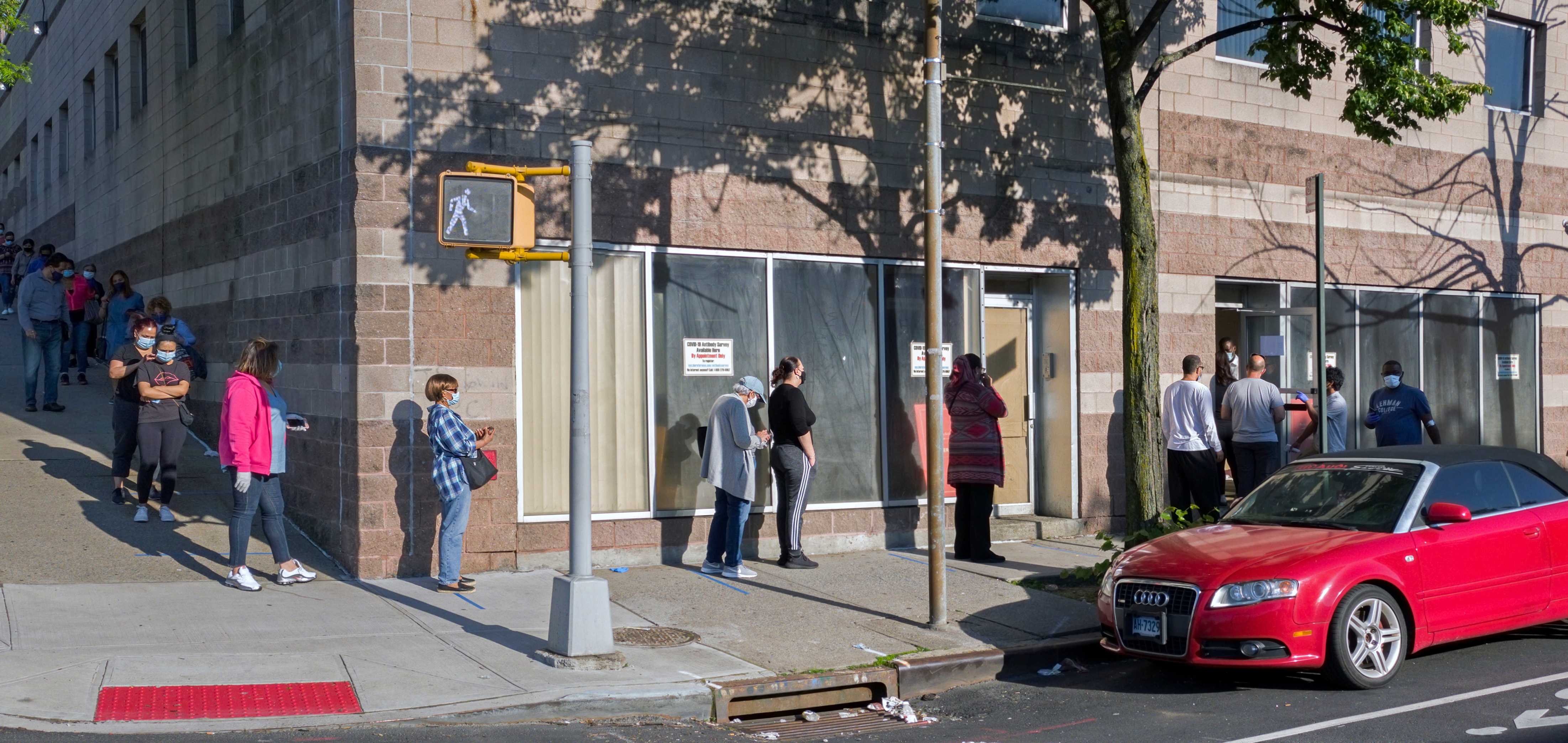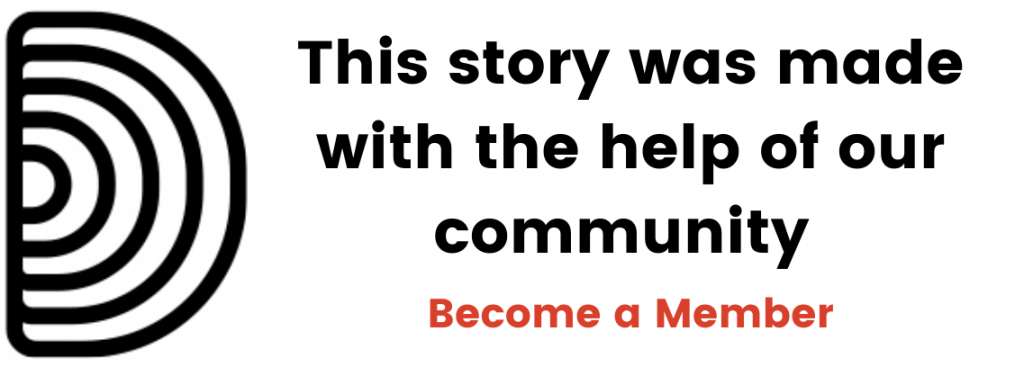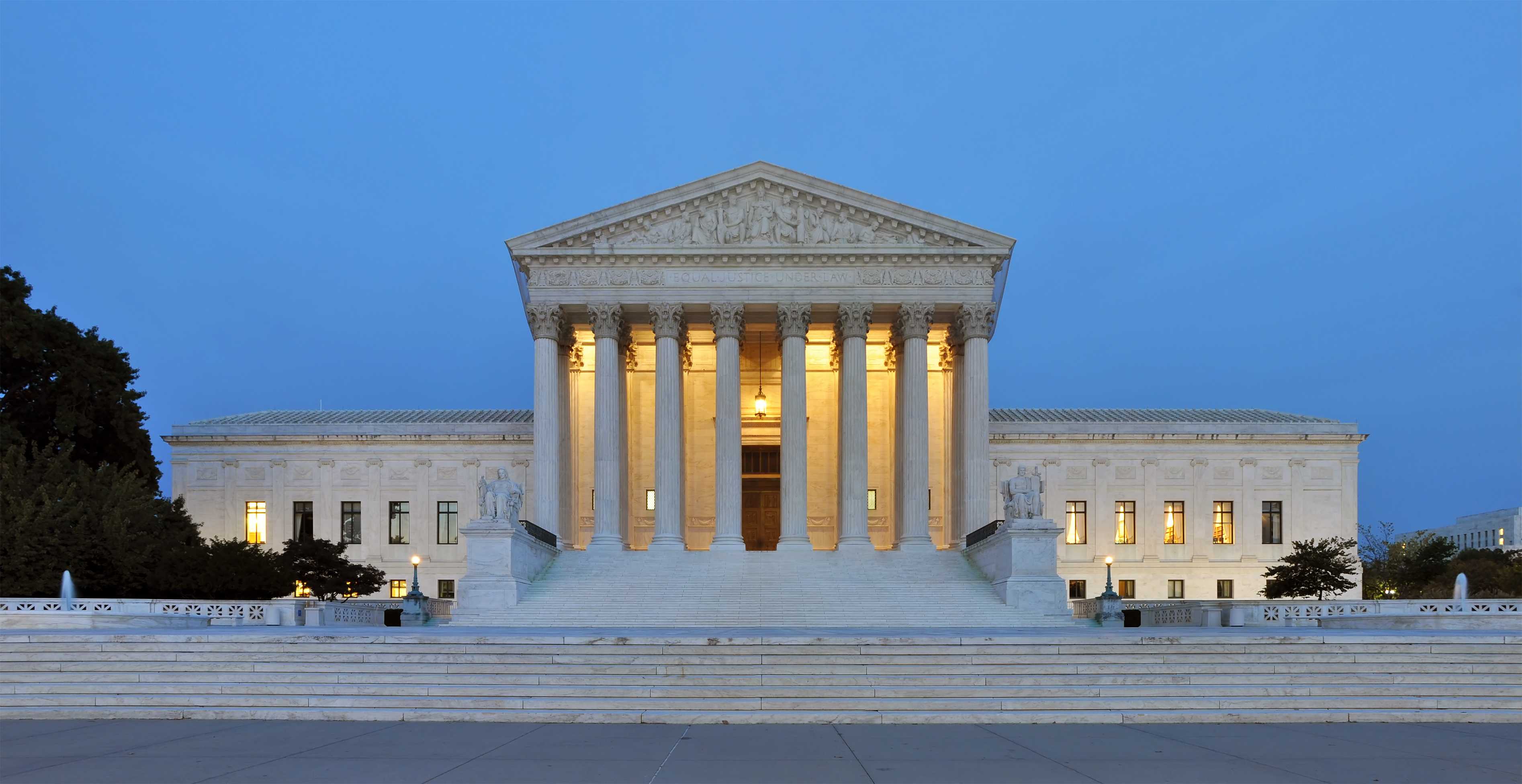Since the Immigrant Emergency Relief Program was first announced, readers of Documented Semanal, our Spanish-language publication, have been asking us how to apply for funds. We kept in touch with them and followed several of their journeys in trying to secure funding, which are highlighted in the story. We decided to investigate what was happening ourselves.
On June 21, Clara, an out-of-work nanny, and her aunt took two trains and a bus down from The Bronx to Inwood, Manhattan to get as much as $1,000 each in economic relief for their families. Clara, an undocumented Dominican immigrant, has been struggling to pay for food and her bills and hasn’t been able to work while she takes care of her family. The night before, her aunt had heard that a nonprofit group, the Northern Manhattan Coalition for Immigrant Rights (NMCIR), was giving out as much as $400 a person on economic relief to immigrants who had been out of work amid the coronavirus lockdown.
After waiting in a line outside with about 20 other people, two women from the Coalition approached, Clara said. They told her that, though there was money available, it was for people who the nonprofit group had already signed up, she said. The woman turned her and her aunt away without offering them the chance to sign up in order to receive the funds, she added. NMCIR did not respond to requests for comment.
“It was humiliating,” she told Documented. “I don’t understand if they’re giving out help, why they’re saying one person yes and one person no.”
Clara is one of 44 immigrants who have reached out to Documented since April to detail their frustrations around the $20 million fund aimed at helping undocumented residents of the City, called the New York City COVID-19 Immigrant Emergency Relief Program. The complaints come as the City’s response to the coronavirus is about to enter its fifth month, stretching many undocumented workers who are otherwise unable to receive other forms of public assistance, like unemployment insurance, in order to feed their families and pay their bills.
But while some immigrants have found it difficult to access the funds, the organizations helping distribute the money say that the model protects New Yorkers from immigration agents and allows the funding to reach communities that might have otherwise been missed by City Hall.
“It’s obviously not something that is equivalent to getting weekly unemployment checks, but for a lot of folks who have been put into financial crisis by COVID it’s been life-saving in some cases,” Amaha Kassa, the founder and executive director of African Communities Together, said in an interview.
The money at the center of this confusion comes from the Open Society Foundation (OSF), a nonprofit run by billionaire George Soros. The program aimed to distribute the money to 20,000 people, with $400 increments going to individuals and as much as $1,000 per family, according to the initial announcement.
As far as COVID monetary relief programs go, it has a relatively modest mandate, especially compared to federal programs that reach into the trillions of dollars. And while 20,000 is a small slice of the estimated 3.1 million immigrants living in New York, it was one of the relatively few programs available to immigrants as some out of work New Yorkers qualified for more then $1,000 a week in assistance through unemployment insurance and the CARES Act.
However, there has been little transparency into how the Immigrant Emergency Relief Program operates, why some people receive funds while others don’t, and why some organizations were picked to be a part of it. The lack of publicly available information–which the City, Open Society, and some of the nonprofits maintain are necessary to protect people from deportation–has also had practical effects on its management. Interviews with immigrants and nonprofit officials in charge of disbursing the money show a program that was confusing at best for immigrants, and was designed to have little city regulation of the funds.
The program, run by the Mayor’s Office for Immigrant Affairs started in March after Congress passed a $2.2 trillion stimulus bill that excluded undocumented immigrants, said Bitta Mostofi, commissioner for the office.
It’s not clear who initiated the first talks for the fund, but soon after MOIA and Open Society Foundation President Patrick Gespard started to formulate the size of the fund, Laine Romero-Alston, a team manager on OSF’s International Migration Initiative, told Documented. The City provided projections about the size of the affected immigrant and undocumented populations, Mostofi said.
“That was really clear, that even though a $20 million investment in one place like the city of New York sounds big, the reality is that it is unfortunately a drop in a very big bucket in the need we knew was going to exist,” Romero-Alston said.
The program has a kind of hub-and-spoke model, where MOIA oversees the nonprofits and receives anonymized data about who has received the funds. The actual money is distributed by a network of nonprofit groups that were chosen by MOIA and another group run out of City Hall, the Mayor’s Fund to Advance New York City. The City has previously used a version of this model to distribute funds to undocumented New Yorkers after Hurricane Sandy, Mostofi said.
“It was from a recommendation from us that it actually be distributed through community based providers that had the most experience,” Mostofi said. “An operation that works with the folks that are on the ground that are doing the response work is often the most effective.”
This hasn’t been the only way these funds were handed out. When OSF provided $12 million in relief to Los Angeles, Atlanta, Chicago, Philadelphia and other cities. Los Angeles used a first-come-first-served model in order to distribute funds, Romero-Alston said. However, the system there was overwhelmed by more than a million calls seeking relief, she said.
Though Mostofi acknowledged there was secrecy around the group of nonprofits, and declined to make the full list available, she defended the New York model for protecting the organizations and the people who were receiving assistance. Publicizing the organizations could tip off Immigration and Customs Enforcement agents, she said, though she hadn’t received any reports of that happening so far.
They were also concerned with violating the Trump administration’s 2019 “public charge” executive order, which could harm immigrants seeking assistance or citizenship in the future. MOIA consulted with their own litigation team, as well as Attorney General Letitia James’ office, and determined that the funds would not violate the public charge rules since the funds are not from the public.
Documented has been able to independently determine seven groups that distributed the OSF funds. They are African Communities Together, Alianza Ecuatoriana, La Colmena, the Laundry Worker Center, the Northern Manhattan Coalition for Immigrant Rights, Make the Road New York, and The Street Vendor Project. WNYC also previously reported that Chhaya is among the groups.
Mostofi declined to make public the full list of groups that received funds. However, she said that about 30 groups received funds, and there were another 20 that could tap the resources if they needed to. She said that MOIA had chosen the mix of groups that they did in order to represent the geography, backgrounds, and employment of New York City’s undocumented and immigrant populations.
A spokeswoman for Make the Road New York, Yatziri Tovar, referred questions to MOIA. Except for ACT and La Colmena, none of the groups responded to a request for comment.
One of the advantages of using nonprofits to give out funds is that they already have relationships with undocumented immigrants who might otherwise not be able to get help from the City, said Yesenia Mata, executive director at La Colmena in Staten Island, which she said received about $1 million in OSF funds.
“Our community was abandoned during this pandemic,” she said. “We know the community, and when we didn’t even have funds to distribute, we made sure that we could at least help them out with food.”
Several undocumented workers first heard about the program in advertisements or through word-of-mouth. However, a phone number provided by the City wasn’t routinely picked up. Darwin, a waiter who was laid off during the pandemic, said that when he did get through to a representative to give his contact information, he never heard back about where he could go to get the funds.
“I called them again and they are not answering or calling me back,” he texted a Documented reporter.
African Communities Together received about $400,000, and expects to give out funds to as many as 600 of its members, Kassa said. The funds — which are combined with other immigrant relief funds–are distributed through pre-paid debit cards maintained by UZIO.
The City’s involvement with the nonprofits has been “light touch,” Kassa said. “There was a preliminary conversation with them around our capacity to absorb, to redistribute this funding.” Since then, ACT has had to submit reports on the people who have received the funds.
“I know that there is some checking to make sure that people are not sort of double-dipping,” he added.
That hands-off approach was by design, Mostofi said.
“For me it felt important that there be ease of access, that we not make this so arduous that it becomes too difficult for people to access,” Mostofi said.
However, there are requirements for how community organizations can distribute the money. For instance, groups aren’t allowed to make membership a requirement for being able to get funds, Mostofi said.
“So that’s problematic,” she said when told about Clara’s experience trying to receive funds. “Membership is not a requirement, in fact it can’t be a requirement for the accessibility for the funds.”
MOIA has since distributed the $20 million in funds, though not all of the money has been distributed. Mata, the executive director of La Colmena, said she was still distributing some of the money.
After Darwin emailed to ask which organizations were giving out funds, MOIA sent out a form email, which he shared with Documented, that said they were no longer referring people to the program “due to high demand and limited availability of resources.”
This story was updated on June 24. to clarify that the City did not determine the size of the Immigrant Emergency Relief Program fund.
















